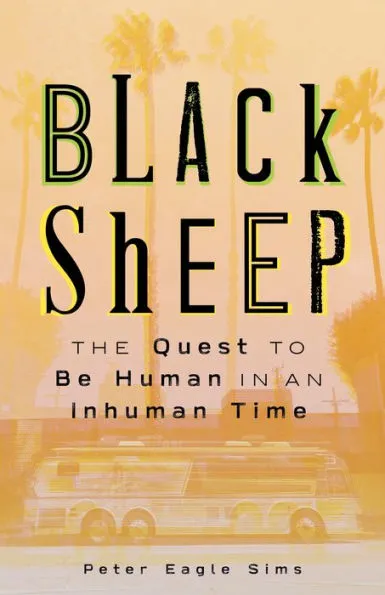Apple’s impressive quarterly earnings report this week, bolstered by iPhone sales, exemplified what has become increasingly clear: Apple has not only designed a highly successful product with its iPhone, the company’s use of design principles have allowed it to build an incredible business model and ecosystem that has even Microsoft admiring it. Steve Balmer, CEO of Microsoft, wrote in a company-wide email on July 23rd that, “…there is no doubt that Apple is thriving. Why? Because they are good at providing an experience that is narrow but complete…”
What can we take from this? Design has always been a part of Apple’s DNA and two key underlying principles from the world design thinking, which is being advanced in remarkable ways by my colleagues at the Stanford Institute of Design (the d.school), can be seen with the iPhone.
First, it’s critical to understand the underlying needs of your customers or partners, which can be very different than what they say they want. Not only is the phone enjoyable to use, the iPhone value chain (or value network) has incentives for its partners and monetization opportunities for Apple throughout. The prime example is the iPhone Application Store where outside software developers keep 70% of each sale for the products they develop, since Apple understands that outside software developers need the right incentives to work weekends and late nights. But, Steve Jobs seems more than happy to take 30%, especially as he predicts gross sales of iPhone applications will soon reach $1 billion.
When it comes to iPhone service and distribution, AT&T needs ARPUs and users, so Apple gives AT&T those in spades on an exclusive basis, and in exchange AT&T pays Apple an estimated $320-$420 for each new subscriber (according to Oppenheimer). Meantime, Best Buy needs to improve its brand and customer pull for mobile phone products and services. Adding iPhone sales to its stores will do just that, while Apple’s distribution reach will grow dramatically.
A second key design principle to highlight here is the use of rapid, low-cost prototypes to gather market insights in order to innovate and improve the offering. Each time a new application is launched, no one knows if it will become a big winner. Perhaps people will flock to games like “Texas hold ’em”; or, maybe the entire financial community will rush to download the HP-12c calculator iPhone application. The original HP-12c does, after all, cost $80 compared to the $19.99 iPhone application. Apple cannot predict all of the needs it can serve with the iPhone and, as Chris Anderson brilliantly observed, there’s a Long Tail of needs. Through the iPhone Application Store, the market can surely align needs with solutions and Apple has designed its business model to facilitate the operation of that ecosystem, while taking nice profits along the way.
As more people and companies are incented to contribute to the iPhone ecosystem, the phone’s utility grows and the customer experience improves. That drives overall demand. All of this helps to explain why people are still willing to wait two hours in line to buy one or why one of the biggest challenges CIOs face these day is managing requests for iPhones (just ask any CIO).
Indeed, Apple is benefiting from the virtuous cycle of the iPhone ecosystem:
1) Design a product that people love to use;
2) Develop ways to fill the needs of partners who will then increase the value of the ecosystem;
3) Monetize each element of the value network; and,
4) Allow everyone in the ecosystem, most notably Apple, to reap the benefits of scale through increased revenues, profits, and defensibility of the model.
Case in point: Nokia recently announced plans to launch a phone with 300 songs pre-sold, but good luck competing against an iPhone ecosystem that becomes more valuable every day.
Let’s just hope Google’s Android platform doesn’t disrupt the iPhone phenomenon. It’s still too soon to tell.
Even still, we can all learn from Apple’s DNA – their innovation mindset – that by constantly observing and understanding the needs of those we are serving and challenging our assumptions against market desires through rapid, low-cost experiments, we can first create great value for our customers and partners, then capture and monetize that value throughout an ecosystem.

